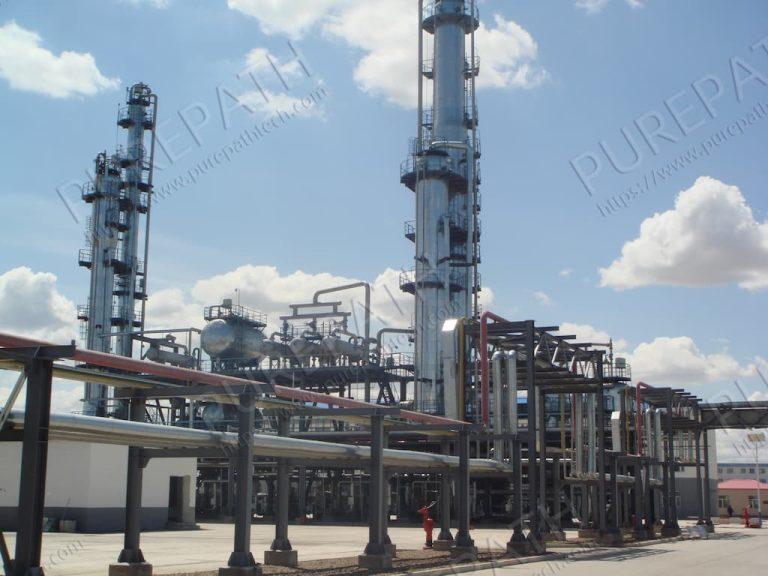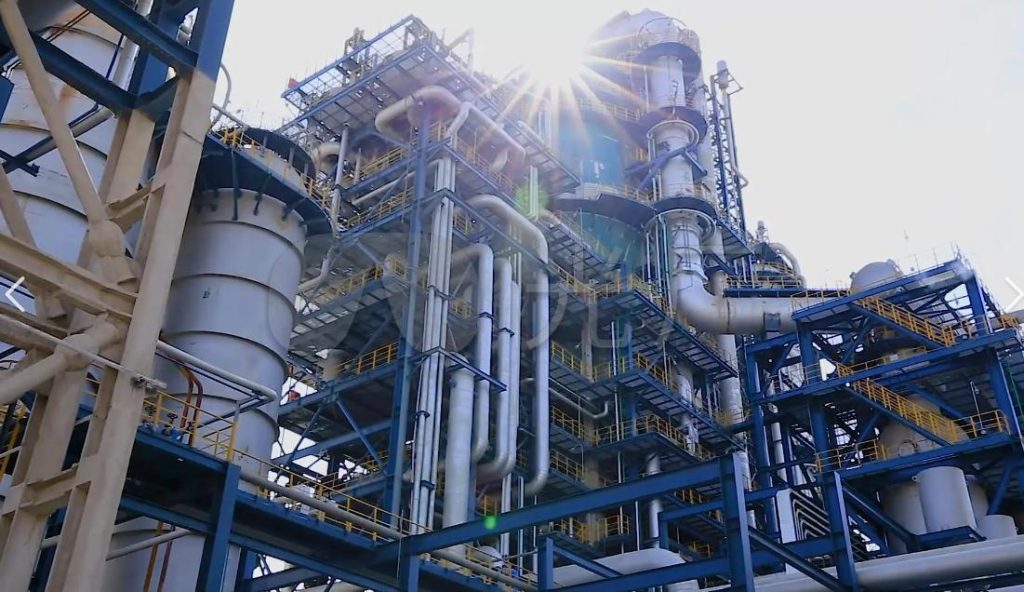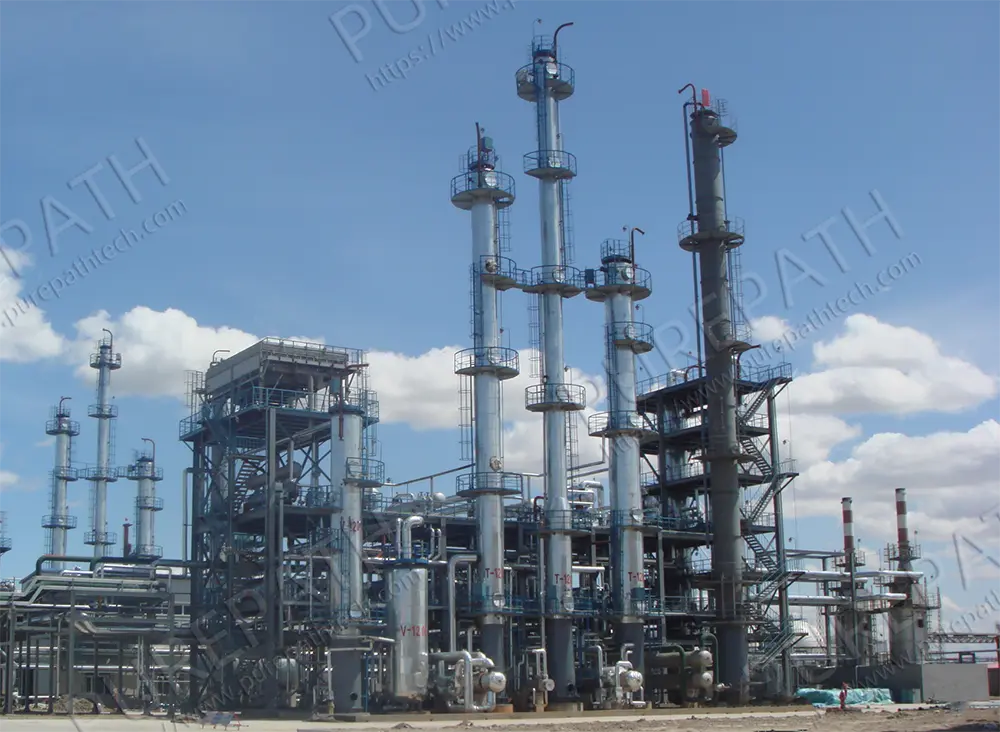Different Petroleum Waste Disposal Methods
What is Petroleum Waste?
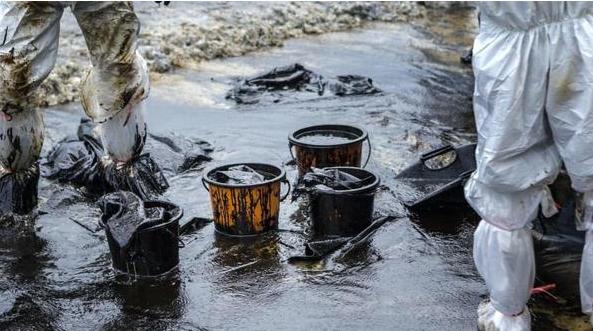
- Petroleum waste, a byproduct of various industrial processes involving crude oil and its refined products, poses a significant environmental threat if not disposed of responsibly. This waste can encompass a wide range of materials, including:
- Used oil: This includes motor oil, hydraulic fluids, and other lubricants that have reached the end of their usable life.
- Drilling fluids: These are muds and other liquids used during oil and gas exploration activities.
- Produced water: This is water brought up from underground alongside oil and gas during extraction. It can be contaminated with hydrocarbons and other pollutants.
- Tank bottoms: These are sediments that accumulate at the bottom of storage tanks containing petroleum products.
Improper disposal of petroleum waste can lead to soil and water contamination, harming ecosystems and human health. Thankfully, several efficient disposal methods exist.
Common Petroleum Waste Disposal Methods
Choosing the most appropriate disposal method for petroleum waste depends on several factors, including the type and volume of the waste, its composition, and local regulations.
- Recycling: This is the most environmentally friendly option whenever possible.
- Used oil recycling: Used oil goes through a re-refining process to remove contaminants and transform it back into high-quality lubricating oil. This not only reduces reliance on virgin crude oil but also conserves energy.
- Oil filter recycling: Used oil filters can be crushed to separate the metal housing from the oil-absorbent material. The metal gets recycled, and the absorbent material undergoes further processing for energy recovery.

- Incineration: Incineration involves burning the petroleum waste at extremely high temperatures. This process effectively destroys most organic compounds in the waste, converting them into heat, water vapor, and carbon dioxide. However, incomplete combustion can release harmful pollutants like nitrogen oxides and particulate matter into the air. Therefore, it’s crucial to ensure facilities utilize advanced incineration technologies with efficient emission control systems.
- Landfilling: Landfilling is a common disposal method for various waste materials, but it should only be considered a last resort for certain types of petroleum waste. Landfills are designed to contain waste and prevent its migration into the environment. However, some petroleum waste components can slowly decompose and leach contaminants into the soil and groundwater. Only solidified or stabilized petroleum waste meeting specific landfill acceptance criteria is suitable for disposal in this way.
- Deep well injection: This method involves injecting certain types of liquid petroleum waste deep underground into geological formations that are isolated from freshwater sources. This option is suitable for waste that is not recyclable or cannot be safely incinerated. However, strict geological assessments are necessary to ensure the injection zone can safely contain the waste without risk of contamination.
- Biodegradation: This emerging technology utilizes microorganisms that can naturally break down petroleum hydrocarbons into harmless products like water and carbon dioxide. While promising for its environmentally friendly nature, biodegradation techniques are still under development for large-scale applications. Researchers are actively exploring ways to enhance the efficiency and cost-effectiveness of this method for broader adoption in the future.
Best Practices for Petroleum Waste Disposal
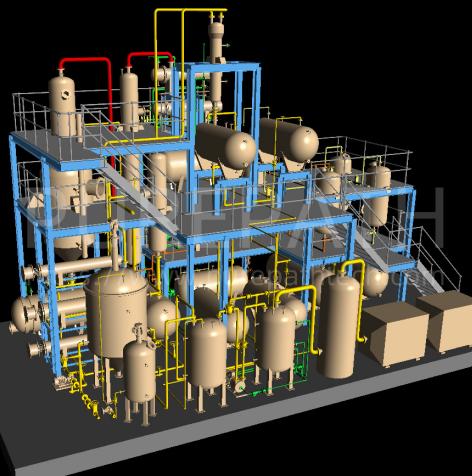
Petroleum waste disposal requires a multi-pronged approach that prioritizes minimizing waste generation, ensuring safe handling, and responsible disposal.
1. Waste Minimization
- Preventive maintenance: Regularly maintaining equipment extends lubricant life and reduces the need for frequent oil changes.
- Oil analysis programs: Monitoring oil conditions through oil analysis programs allow for oil changes only when necessary, maximizing lubricant lifespan.
- Using high-efficiency lubricants: These lubricants extend drain intervals, reducing overall waste volume.
- Investing in leak detection and repair: Promptly addressing leaks prevents spills and minimizes contaminated materials requiring disposal.
2. Segregation and Storage
- Clearly labeled containers: Use designated containers with clear labels to prevent accidental mixing of different waste streams. This ensures proper disposal methods are used for each type of waste.
- Secondary containment: Store all waste containers within leak-proof bunds or on impermeable surfaces to capture potential spills and prevent environmental contamination.
- Regular inspections: Conduct routine inspections of storage containers and containment areas to ensure their integrity and identify any leaks or damage promptly.
- Compliance with regulations: Always adhere to local and federal regulations regarding container types, storage capacities, and labeling requirements for petroleum waste.
3. Record Keeping
- Waste generation logs: Maintain detailed logs documenting the type, quantity, and date of petroleum waste generation.
- Transportation manifests: Ensure proper documentation accompanies waste shipments, including the type and volume of waste, transporter information, and disposal facility details.
- Disposal certificates: Obtain and retain certificates from disposal facilities confirming the proper handling and processing of your waste.
- Electronic recordkeeping systems: Consider implementing electronic recordkeeping systems for efficient data storage and retrieval.
4. Partnering with a Reputable Waste Disposal Company
- Licensing and certifications: Verify the company holds the necessary licenses and certifications for handling and transporting petroleum waste in your area.
- Insurance coverage: Ensure the company has adequate insurance to cover potential liabilities in case of accidents or spills during transportation or disposal.
- Environmental practices: Choose a company committed to environmentally responsible disposal methods, such as advanced recycling technologies or permitted incineration facilities with robust emission control systems.
- On-site audits: Regularly request on-site audits from your chosen disposal company to verify their compliance with environmental regulations and safe handling procedures.
You can follow these best practices to minimize risks of environmental contamination.
PurePath Waste Oil Recycling Plant
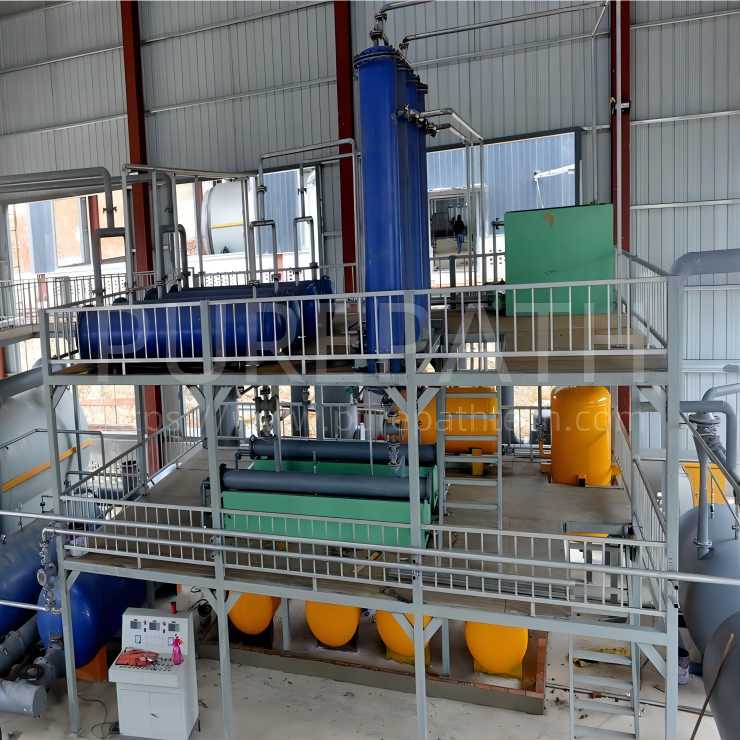
The PurePath Waste Oil Recycling Plant exemplifies cutting-edge technology in petroleum waste management. We utilize state-of-the-art processes to reclaim used oil, transforming it into high-quality base oils or fuels through advanced refining techniques. By reducing waste and providing sustainable alternatives, facilities like PurePath Waste Oil Recycling Plant contribute to both environmental protection and resource conservation.
In conclusion, effective management of petroleum waste is vital for safeguarding ecosystems and public health. By employing appropriate disposal methods and embracing innovative technologies like waste oil recycling, you can minimize its environmental footprint while maximizing resource efficiency.


